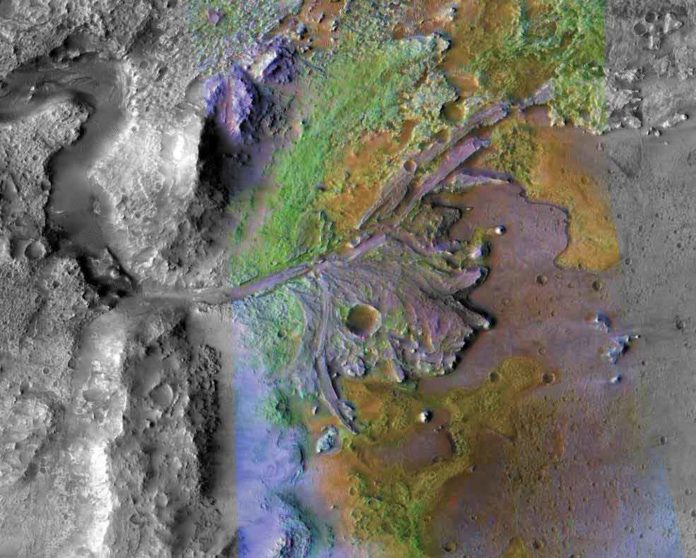It’s been numerous years really taking shape, however, NASA’s Mars 2020 wanderer mission is right now in the home stretch. Researchers and engineers are buckling down on all the equipment that the rover will use to carry out its activity, yet up until today, NASA still hadn’t really chosen where on the Red Planet the rover would land. But now we know.
NASA reveals that it has chosen a site known as the Jezero Crater to be the landing area for Mars 2020. One of several interesting places NASA could have chosen to land, Jezero is bound to yield some interesting insights into our neighboring planet, and potentially tell us more about its ability to support life.
Thomas Zurbuchen, associate administrator for NASA’s Science Mission Directorate said, “The landing site in Jezero Crater offers geologically rich terrain, with landforms reaching as far back as 3.6 billion years old, that could potentially answer important questions in planetary evolution and astrobiology. Getting samples from this unique area will revolutionize how we think about Mars and its ability to harbor life.”
There are various factors that NASA needed to consider while choosing an arrival site. The security of the rover and its capacity to travel were high on the rundown, yet it likewise appeared well and good to pick an area that may have encountered a considerable measure of progress after some time.
When the landing site search began, mission engineers already had refined the landing system such that they were able to reduce the Mars 2020 landing zone to an area 50 percent smaller than that for the landing of NASA’s Curiosity rover at Gale Crater in 2012. This allowed the science community to consider more challenging landing sites.
The sites of greatest scientific interest led NASA to add a new capability called Terrain Relative Navigation (TRN). TRN will enable the “sky crane” descent stage, the rocket-powered system that carries the rover down to the surface, to avoid hazardous areas.
Choosing a landing site this early permits the rover drivers and science tasks group to upgrade their plans for investigating Jezero Crater once the rover is securely on the ground. Utilizing information from NASA’s armada of Mars orbiters, they will outline landscape in more noteworthy detail and distinguish districts of intrigue – places with the most fascinating geographical highlights, for instance – where Mars 2020 could gather the best science tests.
